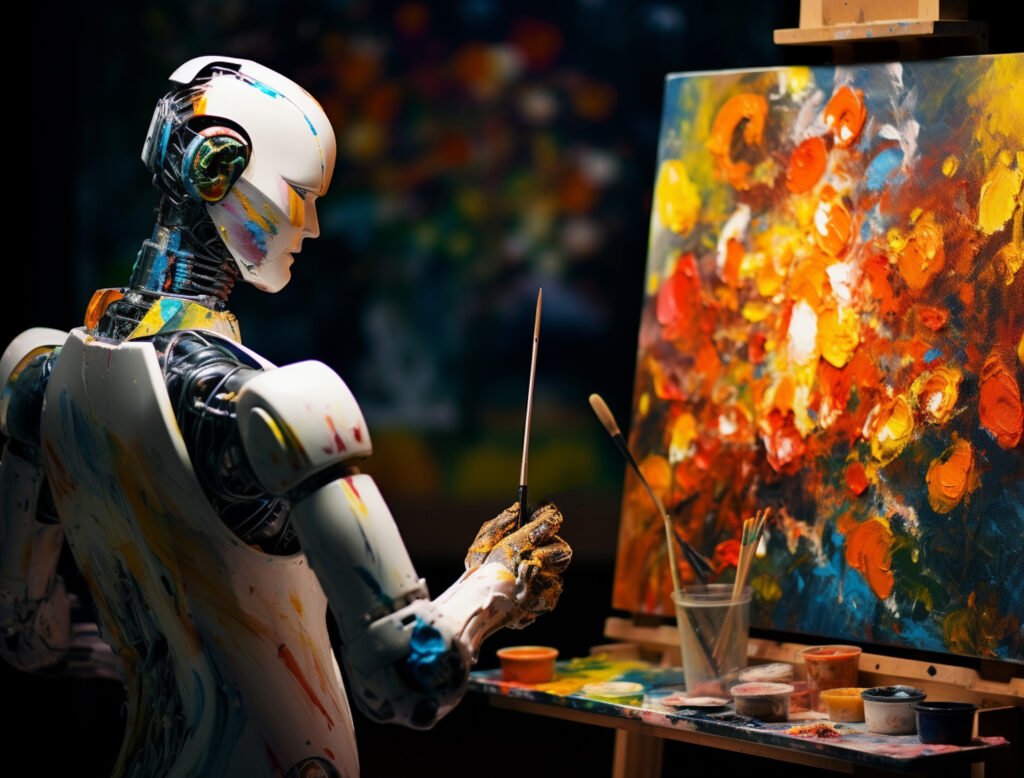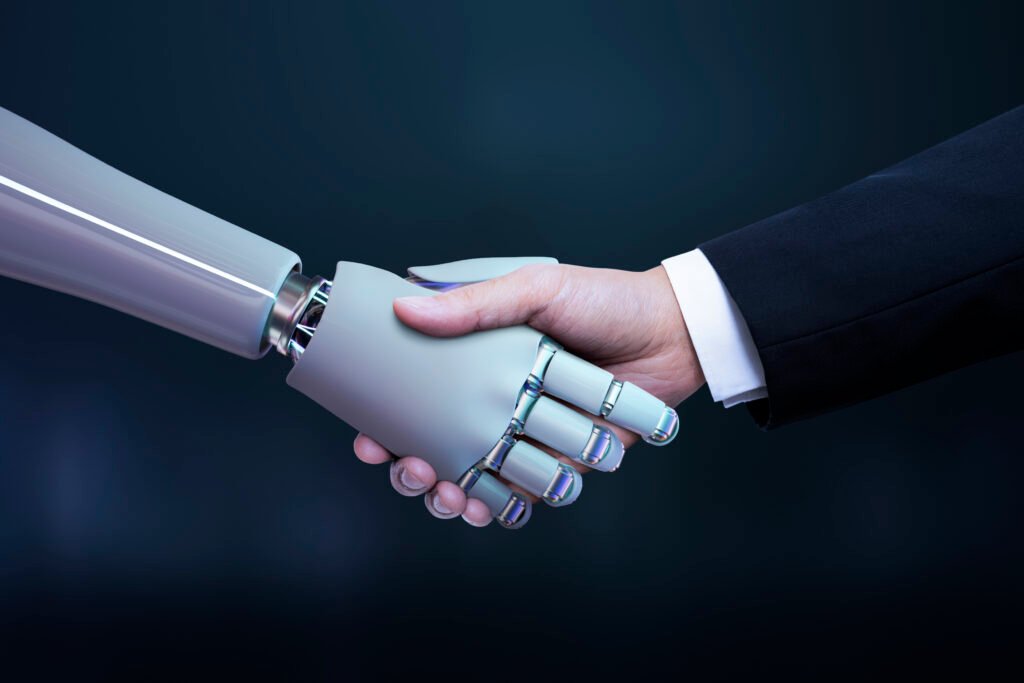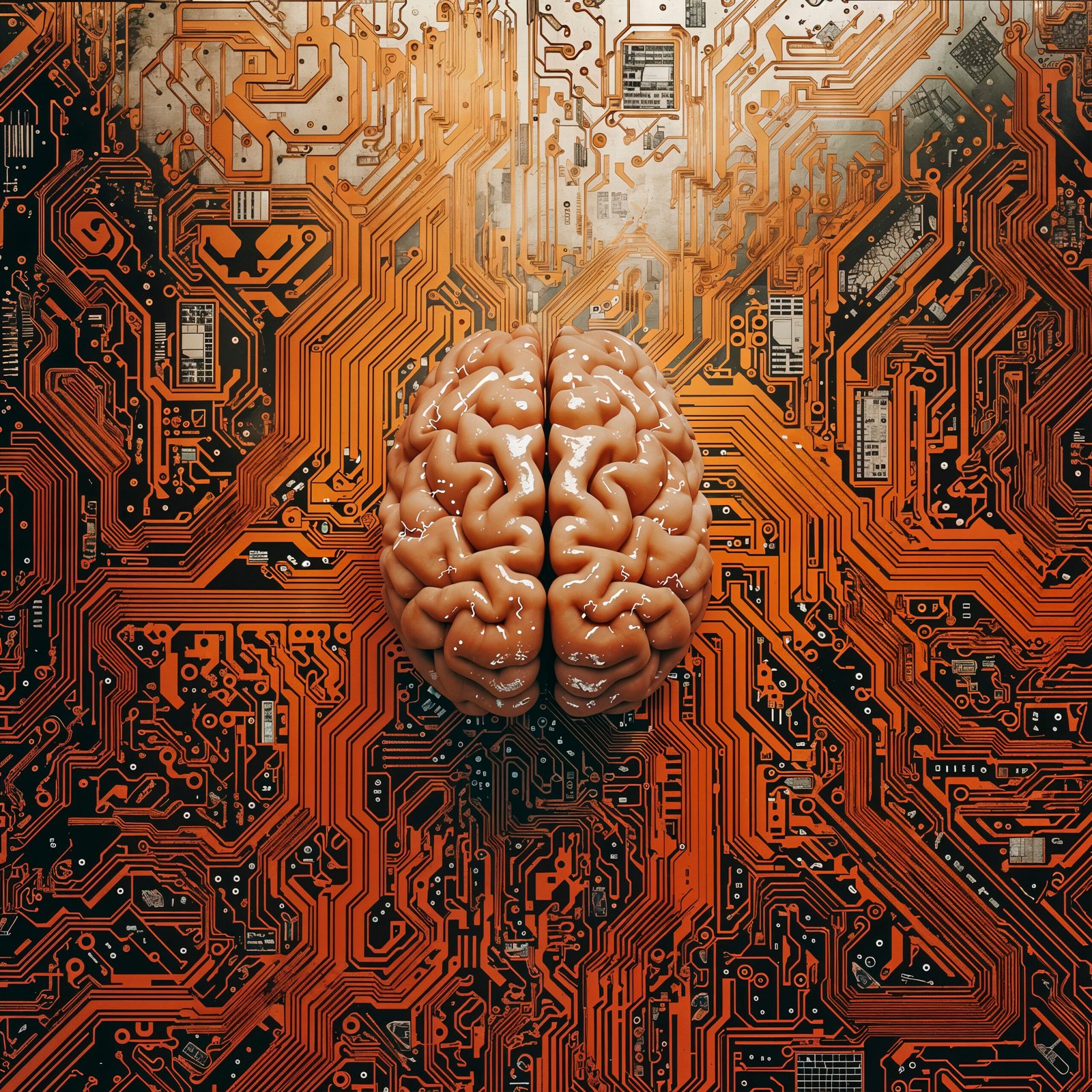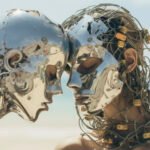“Did a robot just write this blog?”
Well… no, not entirely. But AI is getting really good at doing things we used to think only humans could do. And I’m not just talking about calculations, driving cars, or winning at chess. I mean creative stuff! Yes, the same AI that helps you find cat memes online is now making its way into art galleries, composing music, and even writing novels. But is this a good thing, or are we one neural network away from robots taking over our art museums?
Let’s dive into how AI is transforming the worlds of art, music, and writing, and why you might one day have a robot assistant that paints your living room in just the right shade of “peaceful grey.”
The Rise of Robo-Picasso
Most likely, when you think of art, you picture someone painting on a canvas while lost in contemplation and holding a paintbrush. Imagine the same situation, but now the artist is a robot, and instead of drawing inspiration from nature, it is operating based on an advanced algorithm.
Recently, AI-generated art has taken off. Artificial intelligence (AI) algorithms like DALL-E and DeepArt are showcasing some amazing skills, from hyper-realistic portraiture to abstract digital artworks. In order to develop new forms of expression, artists are increasingly working with algorithms to combine human creativity with mechanical precision.

Robots Hitting All the Right Notes
Can robots jam out better than rockstars? AI in music composition is evolving fast, and while they might not be touring with guitars anytime soon, AI-generated music is becoming pretty convincing. Programs like Amper Music and OpenAI’s Jukedeck allow users to generate custom tracks by selecting genres, instruments, and moods. AI can create background music for videos, compose new symphonies, or even finish Beethoven’s 10th Symphony (yes, that happened).
Sure, AI musicians won’t have that “garage band” feel, but it does open up endless possibilities for music production and creativity.
The Rise of Robo-Poets and Novelists
You’re reading a blog written partially by AI, so this one hits close to home. Tools like GPT-4 and Jasper AI can now help generate articles, stories, and even poetry. Sure, a robot might not have feelings per se, but it can certainly churn out words that make sense (most of the time). Businesses use AI to write product descriptions, emails, and blog posts, while creative writers experiment with machine co-authors for novels and screenplays.
Does that mean AI is coming for your Pulitzer? Not yet. While AI can mimic human language, it lacks the emotional depth and nuance that human writers bring to their stories. For now, consider it a writing assistant—a very fast one.
Where Do We Go From Here?
AI is meant to support human artists, musicians, and authors, not to take their place. Consider it an aid to your creativity. Artificial Intelligence (AI) is a tool that can expedite the process of creating artwork, background music, or story outlines, freeing up your time to concentrate on the human aspects of creativity. Who knows? Your next favorite song, art, or book might just be co-created by AI.

.
Conclusion
AI is certainly shaking things up in the creative world, but it’s not a threat to human ingenuity—it’s a powerful tool. Whether it’s crafting a symphony, painting a masterpiece, or writing a story, AI is more like the ultimate assistant, helping you bring ideas to life faster and in ways you might not have imagined.
But don’t worry, your creative spirit is still irreplaceable. After all, can a robot really understand the joy of a paint-splattered shirt, a perfectly tuned guitar, or the smell of a fresh cup of coffee as you brainstorm your next big idea?
And here’s a fun thought to leave you with: If AI can make art and write books… do robots also suffer from writer’s block?








